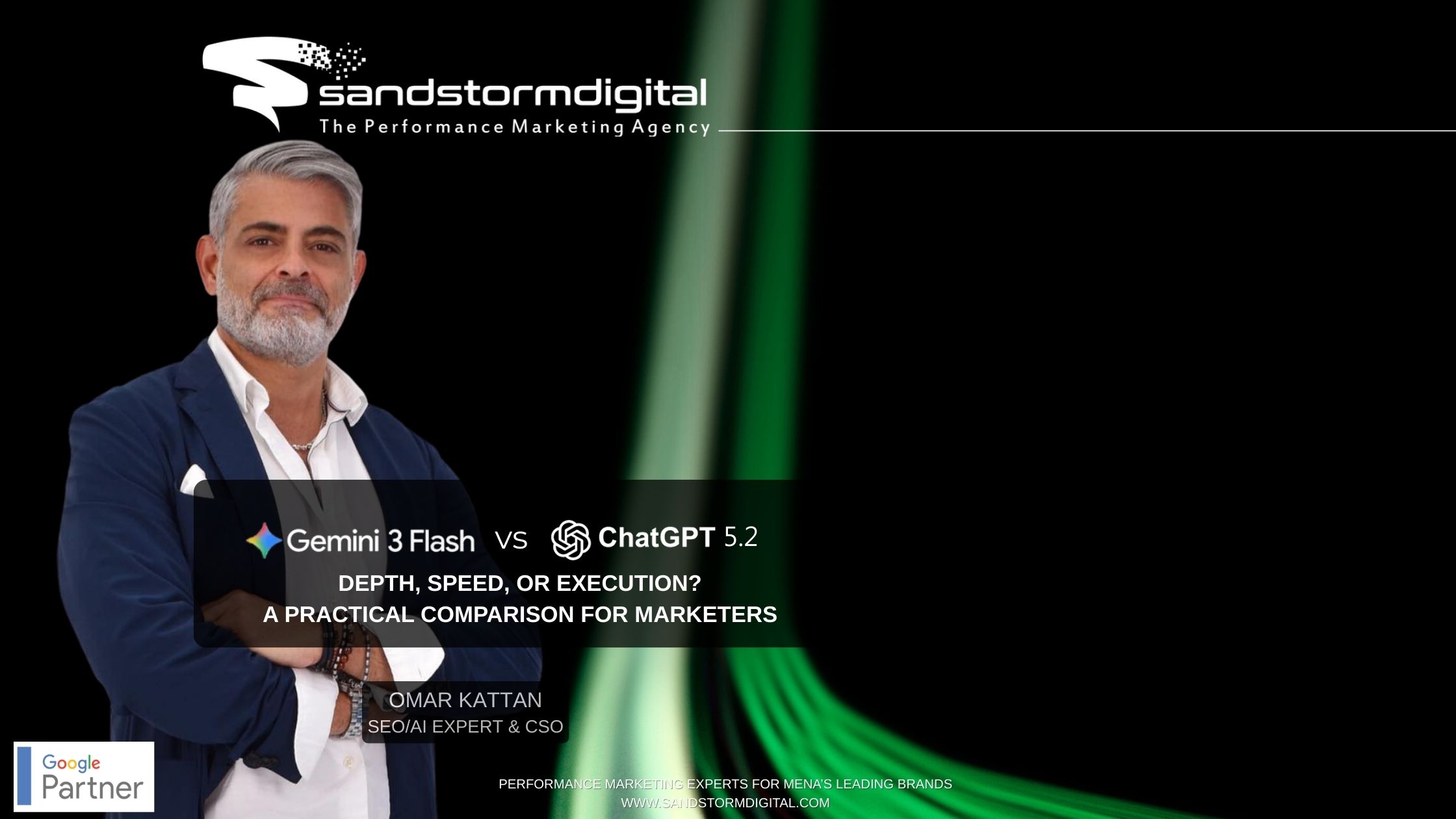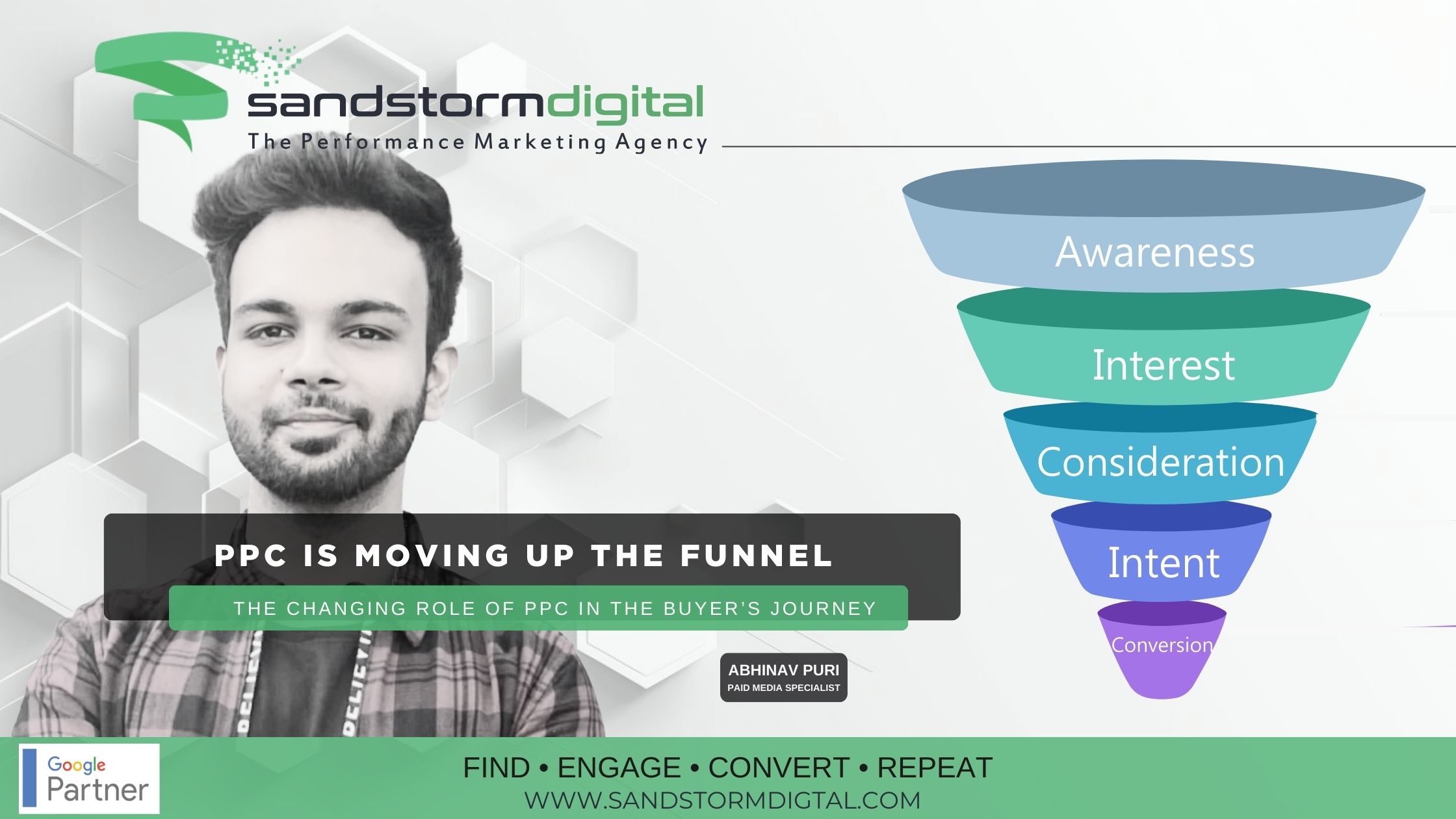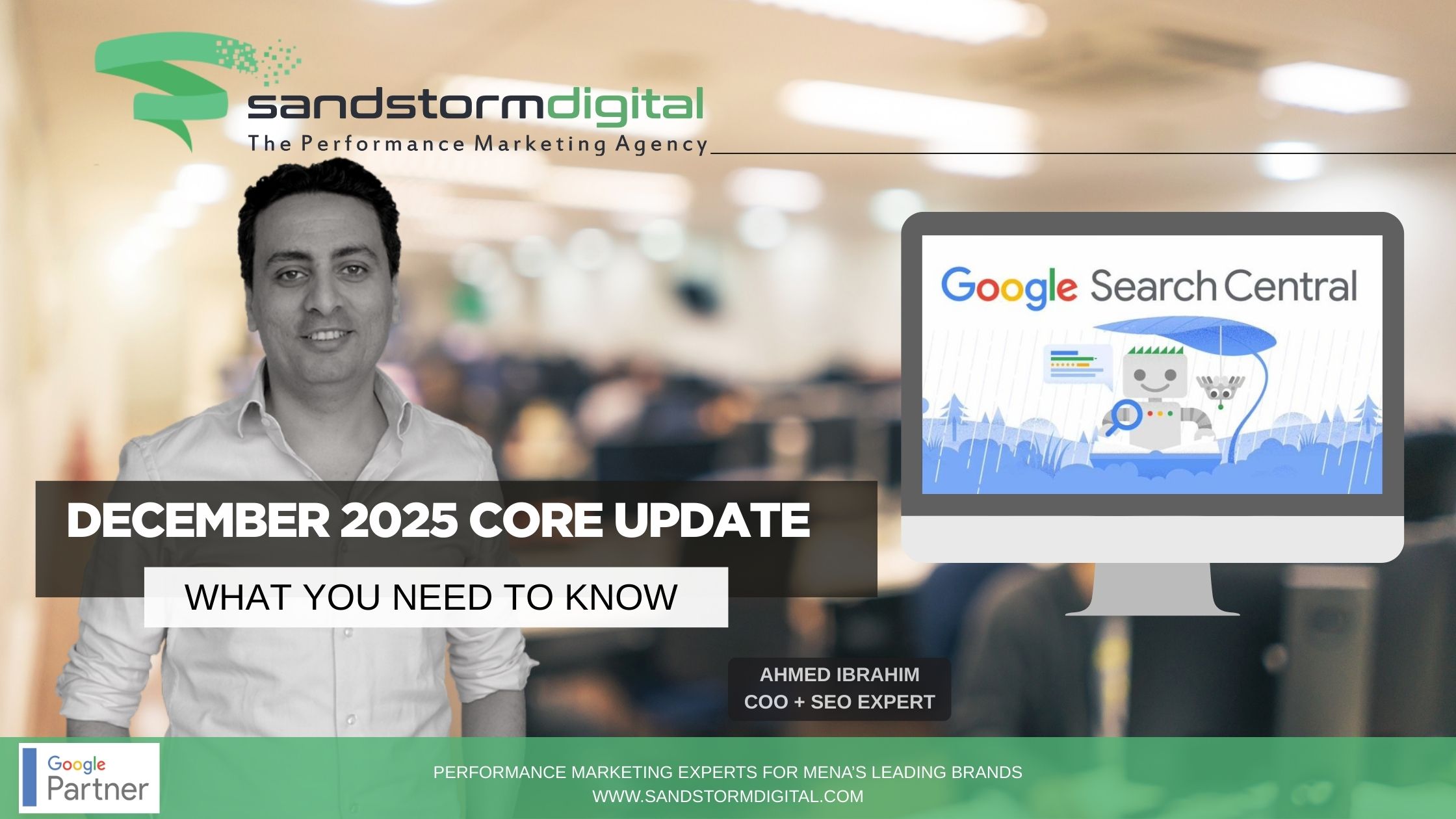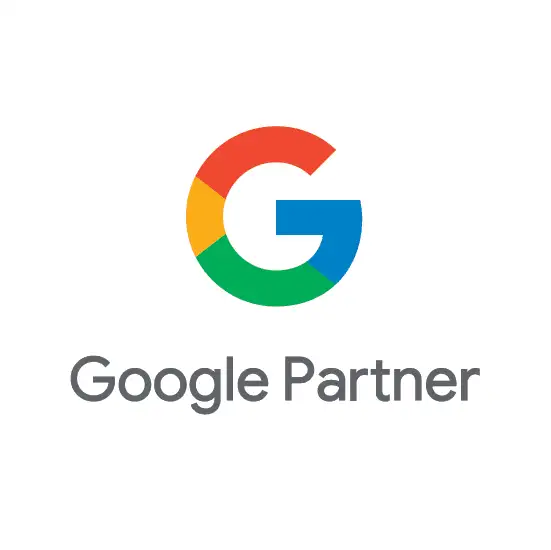When it comes to paid search, driving clicks is only half the battle. If you can’t track, understand, and optimize your conversions effectively, all the traffic in the world won’t move the needle. Too many businesses fall into the trap of misinterpreting their Google Ads results due to inaccuracies in conversion tracking. These discrepancies can lead to misguided strategies, wasted budgets, and stagnation in growth.
At Sandstorm Digital, we’ve seen firsthand how small errors in conversion tracking can snowball into major issues, and we’ve also learned what it takes to truly optimize a campaign for performance. Conversion data should empower your business to make informed decisions, but only if it’s accurate. Here’s a deeper look into some of the most common pitfalls in Google Ads conversion tracking—and how to avoid them.
1) Conversion Tracking: Missing, Duplicated, or Firing in the Wrong Place
Conversion tracking errors are still one of the most frequent and damaging issues we encounter in Google Ads accounts. It’s easy to set up a basic conversion action in Google Ads, but the devil is in the details. A common mistake is when conversions are missing altogether, or worse, firing multiple times for the same action, skewing your results.
The problem can often stem from improper setup of tracking tags on landing pages or e-commerce platforms. For example, if you set up a conversion action to trigger when a user reaches a “Thank You” page after submitting a contact form, but the page isn’t configured correctly, Google won’t register that conversion. Or, if the same conversion action fires repeatedly—such as when the “Thank You” page loads after a form submission but the page is reloaded or the user clicks a button multiple times—you may end up counting a single conversion multiple times, inflating your results.
These small errors compound over time, leading to inaccurate data and inefficient budget allocation. That’s why it’s crucial to test and verify your conversion actions regularly. Ensure that every conversion action is correctly tagged and firing only once per event. This ensures that Google Ads AI receives the right data to optimize your campaigns effectively.
2) Secondary Metrics vs Primary Conversions
When optimizing Google Ads campaigns, it’s easy to get caught up in secondary metrics that feel like they should matter more than they really do. Metrics like scroll depth, time on site, or video engagement are useful—but they shouldn’t be treated as primary conversion events in your account.
Yes, these metrics provide valuable insights into user engagement, but they don’t directly translate to business outcomes. Just because someone watched a video for 30 seconds or scrolled halfway down your landing page doesn’t mean they’re ready to convert. If you set these types of actions as primary conversions, you risk misleading the Google Ads AI into thinking that users are closer to conversion than they actually are. This can cause Google to optimize your campaigns toward unqualified traffic that’s simply engaging with your content, not completing your primary goal.
Instead, think of these metrics as secondary conversions—supporting indicators of user interest. They can help you understand user behavior, but they shouldn’t be your key indicators of success. Stick to tracking your actual conversions—whether that’s a purchase, a lead submission, or a sign-up—and use engagement metrics as signals to improve your user experience or content strategy.
3) Discrepancies Between Google Ads and GA4: A Key Challenge
Another challenge that many advertisers overlook is the discrepancies between data reported in Google Ads and the data in Google Analytics 4 (GA4). On the surface, these two platforms should align, but more often than not, they don’t. A well-integrated Google Ads and GA4 setup is essential to getting the most out of your campaigns, but understanding the nuances of how both platforms track and report data is critical.
For example, Google Ads typically uses a last-click attribution model by default, meaning it attributes conversions to the last ad clicked before a user completed an action. GA4, on the other hand, uses a more flexible attribution model that could show different results depending on the settings. Because of this, the same conversion could appear differently in each platform. If you’re not aware of this discrepancy, it can lead to confusing insights and missed opportunities for optimization.
To ensure alignment, take the time to thoroughly integrate Google Ads and GA4 and be mindful of how each platform handles attribution. While discrepancies are inevitable, a clear understanding of where and why these differences exist will help you reconcile the data, leading to more accurate campaign insights and improved performance.
Data Accuracy is the Key to Growth
Conversion tracking might seem like a technical, behind-the-scenes aspect of Google Ads, but in reality, it’s one of the most critical components of any PPC strategy. Without reliable data, even the best marketing strategy is bound to falter. Misleading or incomplete data can cause you to chase the wrong goals, waste your budget, and ultimately stunt your growth.
At Sandstorm Digital, we’ve learned that feeding Google Ads AI the right signals isn’t just a matter of checking boxes on setup forms. It’s about regularly auditing and optimizing your tracking, distinguishing between secondary and primary metrics, and understanding how discrepancies between Google Ads and GA4 can affect your decisions. By paying attention to these details, you can empower your campaigns to drive real results, rather than getting lost in a sea of inaccurate data.
Remember: accurate conversion data is more than just numbers on a screen. It’s the foundation on which successful Google Ads campaigns are built. So, take the time to get it right. The return on that investment? True PPC growth and performance you can rely on.










